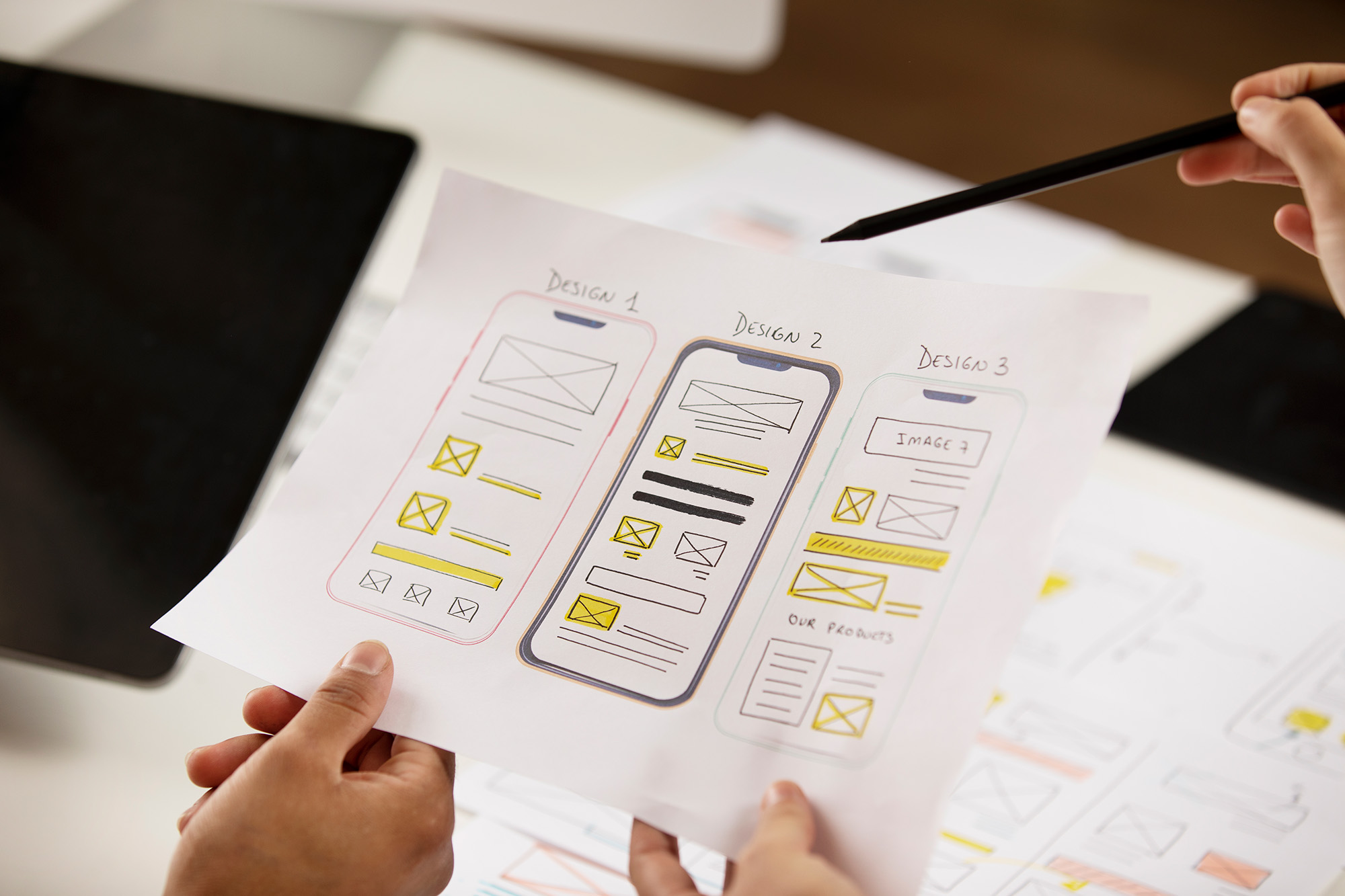Putting Users First: A Guide to User-Centered Design Principles

Putting Users First: A Guide to User-Centered Design Principles
January 4, 2024
In the fast-paced world of technology and innovation, creating products and services that resonate with users is essential for success. User-centered design (UCD) is a philosophy that places the needs, preferences, and experiences of users at the forefront of the design process.
In this article, we will explore the key principles of user-centered design and how they can be applied to create user-friendly and effective solutions.
Understanding User-Centered Design
User-centered design, UCD for short, is a design philosophy and approach that places the end user at the core of the design process. Its primary goal? To ensure that the final product aligns with user needs and expectations.
This iterative process involves understanding the needs, preferences, and behaviors of users through research and empathy, calling for constant collaboration between designers, developers, and end users. Afterward, this knowledge is used to inform every stage of product development in order to incorporate their feedback to refine and enhance the design.
In essence, this human-centered design seeks to create solutions that not only meet functional requirements but also prioritize the user experience. By adopting user-centered design principles, designers and businesses aim to create products and services that are intuitive, accessible, and ultimately resonate with the intended audience, fostering a deeper connection between users and the solutions they interact with.
The Power of UX Design
User Experience Design, commonly known as UX design focuses precisely on creating products, systems, and services that provide meaningful and seamless experiences for users. Its ultimate goal is to enhance user satisfaction by aligning a product’s functionality with their expectations.
One of the most important UX design practices to achieve this is user research methods, such as interviews, surveys, and usability testing. Conducting user research is foundational to understanding the target audience, their behaviors, needs, and pain points.
Key User-Centered Design Principles
User-centered design is grounded in a set of fundamental principles that serve as the guiding lights for creating meaningful and user-friendly experiences.
User Empathy
User-centered design begins with a deep understanding of the target audience. Designers must empathize with users, putting themselves in their shoes to comprehend their goals, challenges, and preferences. This empathetic approach fosters a connection between the design team and the end users, leading to more user-centric solutions.
User Involvement
Involving users throughout the design process is crucial. Early and continuous user feedback helps designers make informed decisions and refine their designs based on real-world experiences. This iterative approach ensures that the final product aligns closely with user expectations.
Usability
A user-centered design is inherently focused on usability. Products should be intuitive, easy to learn, and efficient to use. Navigation, information architecture, and overall interaction design should prioritize simplicity, minimizing the cognitive load on users.
Accessibility
Designing for inclusivity is a key aspect of user-centered design. Products and services should be accessible to users of all abilities, ensuring that everyone, regardless of physical or cognitive limitations, can fully engage with the solution.
Consistency
Consistency in design elements and interactions across different parts of a product promotes familiarity and predictability. Users should not have to relearn how to use the product as they move between different sections or features.
Flexibility and Customization
Recognizing that users have diverse needs and preferences, user-centered design encourages flexibility and customization. Providing options for users to personalize their experiences can enhance satisfaction and usability.
Iterative Design
User-centered design is an ongoing process that involves iterative cycles of prototyping, testing, and refining. This approach allows designers to incorporate feedback, identify issues early on, and continuously improve the user experience.
Clear Communication
Effective communication is essential in user-centered design. Clear and concise messaging, both in terms of content and visual design, helps users understand the purpose and functionality of the product.
At last, prioritizing user-centered design principles is not only a strategic business decision but also a commitment to creating products that genuinely add value to users’ lives. By embracing empathy, involving users throughout the design process, and focusing on usability and accessibility, businesses can build products that stand out in the market and foster lasting user loyalty.
Ready to transform your projects into user-centric triumphs? Then, what are you waiting for to talk to us? We’ll help you achieve the user satisfaction you need to propel your success.